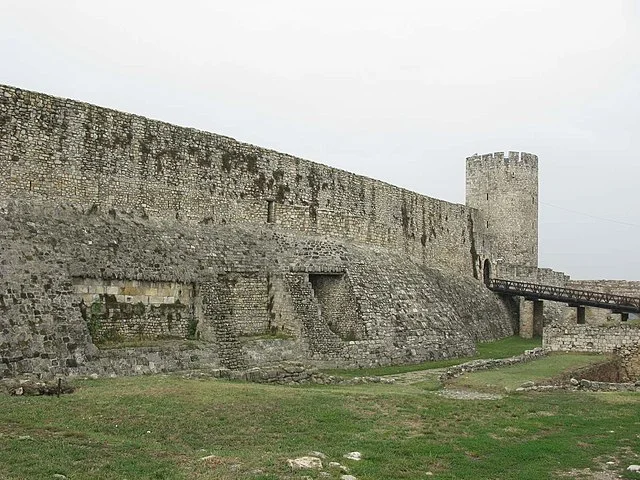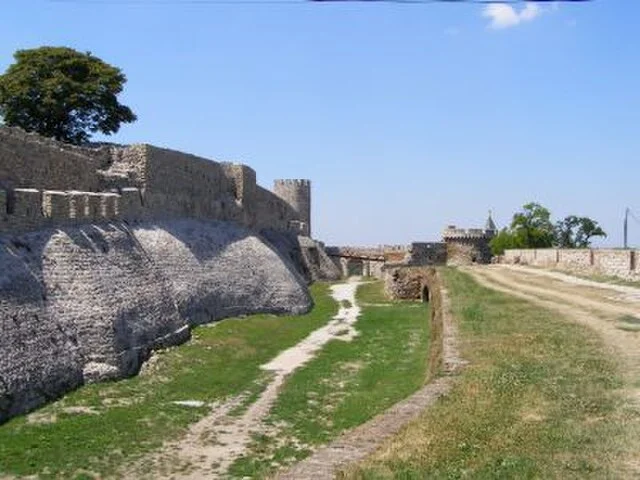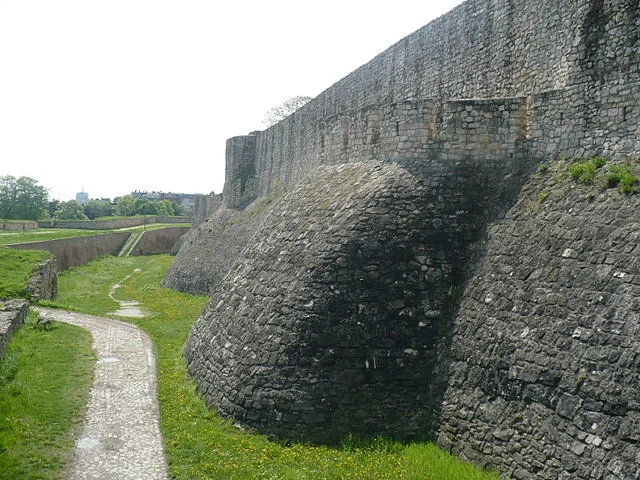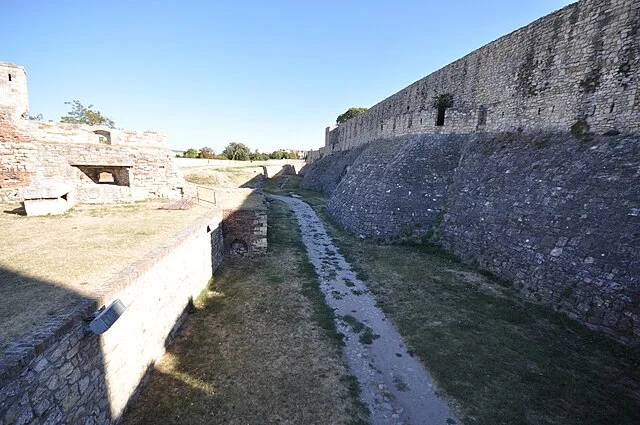Singidunum was an ancient city located in present-day Belgrade, Serbia. It played a significant role in the history of the Roman Empire. Initially inhabited by the Celts, it later became a prominent Roman settlement.
Get your dose of History via Email
Early History

The region around Singidunum was first settled by the Celts in the 3rd century BC. The settlement was known as Singidun, and it was part of the Celtic kingdom of the Scordisci. In 75 BC, the Romans began to exert influence over the area. By the 1st century BC, the Romans had fully incorporated Singidunum into their empire. The city became a Roman military base and was later established as a municipium under Emperor Augustus.
Roman Period

During the Roman period, Singidunum served as a strategic military and administrative center. It was located at the confluence of the Sava and Danube rivers, making it an ideal location for trade and defense. The city became an important hub for Roman legions, especially in the defense of the Danubian frontier.
In the 2nd century AD, Emperor Hadrian visited Singidunum and strengthened its fortifications. The city also flourished under the rule of Emperor Trajan, who extended Roman control in the Balkans. Singidunum’s importance continued to grow throughout the Roman Empire, particularly as a key military post during the Marcomannic Wars (166–180 AD).
Decline and Fall

By the 4th century AD, Singidunum faced increasing threats from various barbarian groups. The city was attacked by the Goths in the 3rd century AD and later by the Huns in the 5th century AD. The Roman Empire’s decline led to the eventual fall of Singidunum. The city was eventually abandoned as a major Roman settlement.
Modern Significance

Today, the archaeological remains of Singidunum can be seen in the modern city of Belgrade. Excavations have uncovered various structures, including parts of the city wall, Roman baths, and a number of inscriptions. These findings provide valuable insight into the city’s history and its role in the Roman Empire. Singidunum remains an important site for scholars studying the ancient history of the Balkans and the Roman Empire.
Source:

